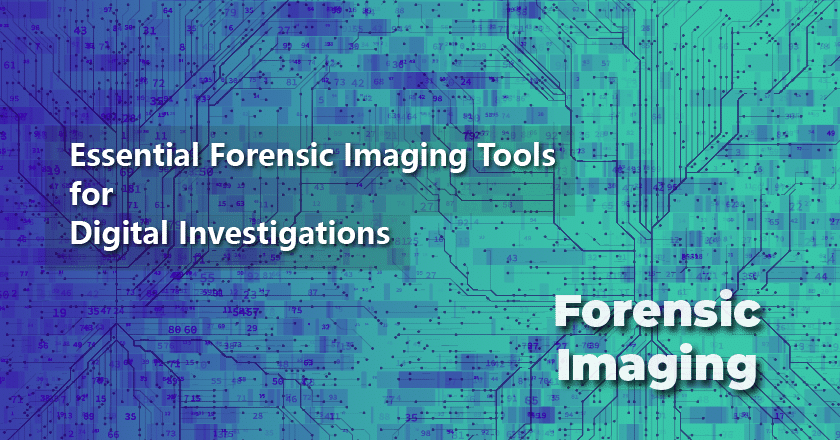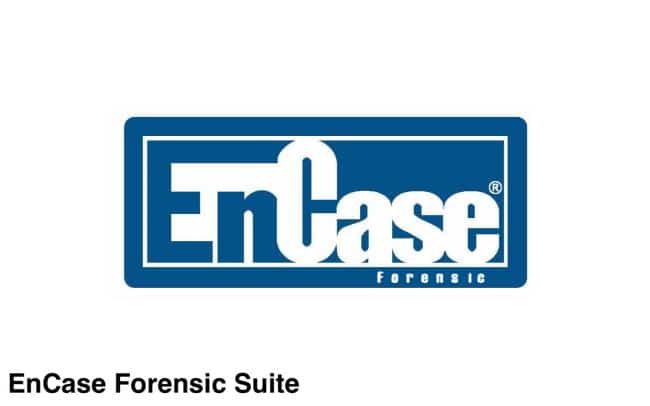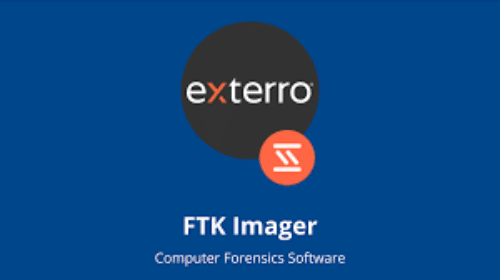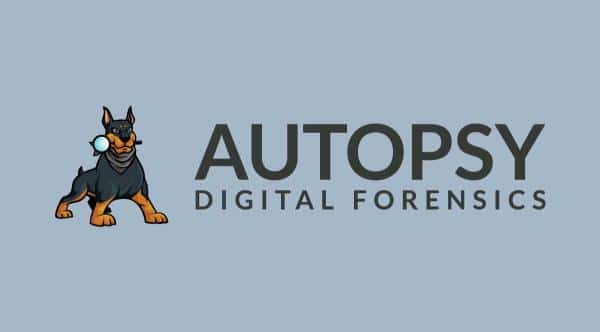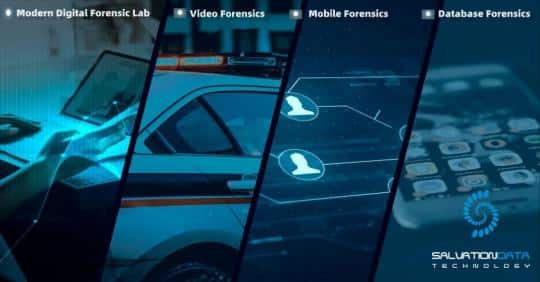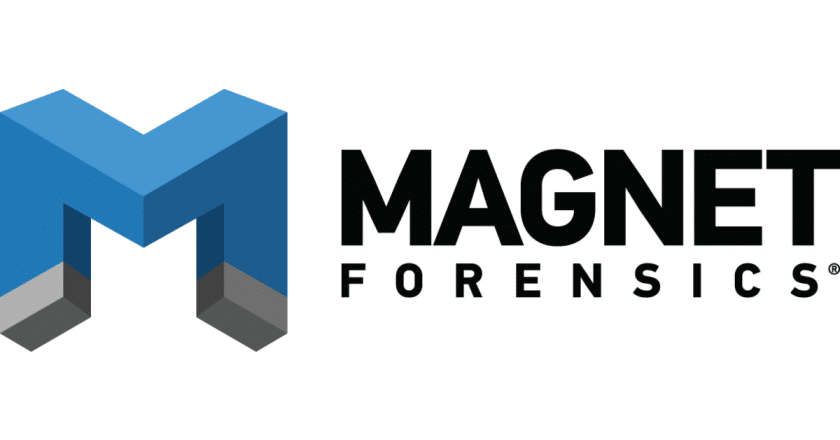Key Criteria for Selecting Forensic Imaging Tools
Selecting the right forensic imaging tools is pivotal to the success of digital investigations. The criteria for choosing these tools hinge on several critical factors that determine their effectiveness in real-world scenarios. Here’s a breakdown of the essential attributes that professionals must consider:
1. Accuracy in Capturing Digital Evidence
The creation of an accurate bit-for-bit replica of digital material is the main goal of forensic imaging. Forensic imaging methods must be accurate in order to guarantee that the evidence gathered is an exact duplicate of the original source, preserving all data in its original format. It is crucial to have tools that can record every bit of data, including erased and buried data, without tampering with the proof. Because of this accuracy, forensic specialists may depend on the data’s integrity both during analysis and in court.
2. Speed and Efficiency in Data Handling
Efficiency is essential, particularly when handling big data sets. Large hard disks, SSDs, and other storage devices may be rapidly processed and imaged by high-performance equipment, which saves time while conducting investigations. Not only does speed refer to the speed at which data is sent, but it also describes the amount of time a tool may finish imaging without compromising accuracy. Rapid processing of large volumes of data is very useful in situations when time is of the essence.
3. Reliability Under Various Conditions
Forensic tools must be robust and reliable, capable of performing under different technological and environmental conditions. This includes consistency in performance regardless of the operating system, file system, or storage format. Reliable tools should also have low failure rates and provide stable operation to avoid any data corruption or loss during the imaging process.
4. Legal Compliance and Standards Adherence
For digital evidence to be admissible in court, the tools used for forensic imaging must comply with legal standards and best practices. This includes maintaining a verifiable audit trail, ensuring chain of custody, and adhering to standards such as those set by the Scientific Working Group on Digital Evidence (SWGDE) or International Organization for Standardization (ISO). Compliance ensures that the evidence can withstand legal scrutiny and challenges in court proceedings.
Finally, it is very important to carefully consider these important factors when choosing forensic image tools. Forensic experts can be sure that the tools they use will help them protect and analyze digital evidence better by putting accuracy, speed, dependability, and legal compliance at the top of their list of priorities.
